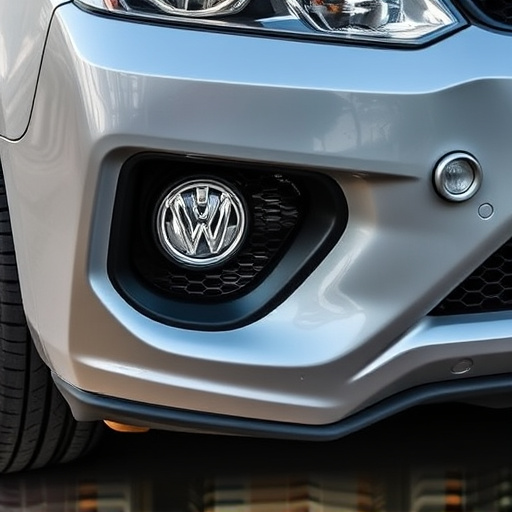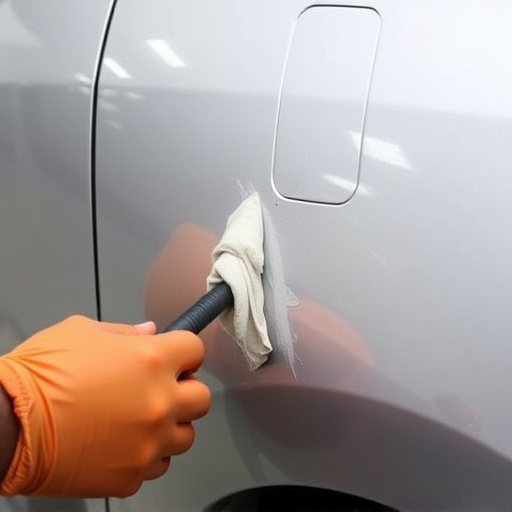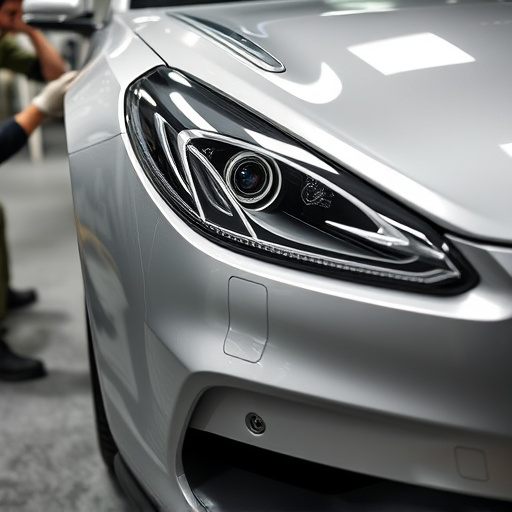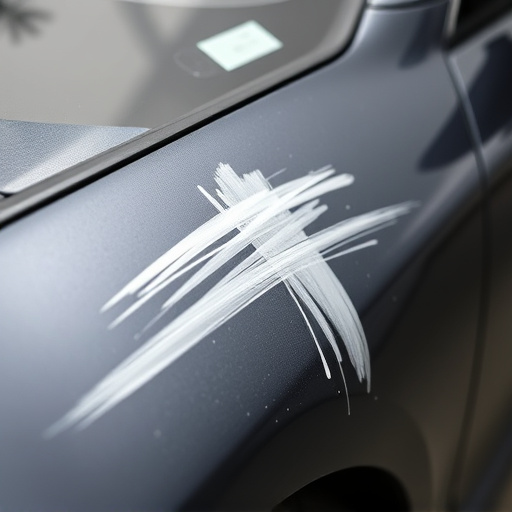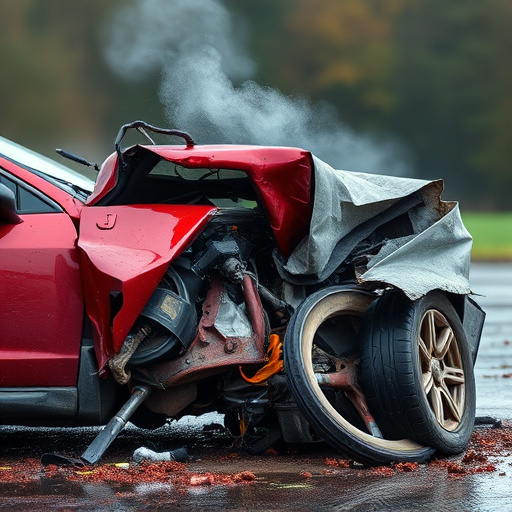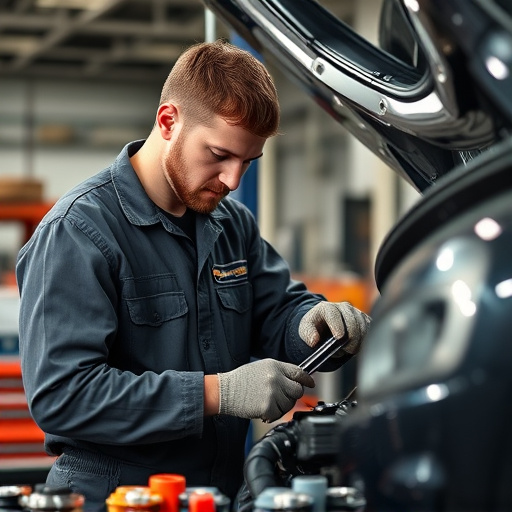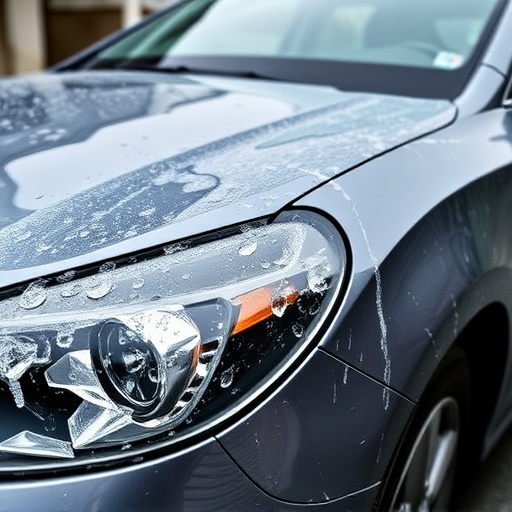TL;DR:
Repair photo documentation is vital for auto shops, providing an accurate visual record of vehicle conditions before, during, and after repairs. To ensure compliance with data protection laws like GDPR or CCPA, sensitive information like license plate numbers should be blurred or redacted. Balancing transparency and privacy requires capturing damage and repair images without personal identifiers, storing them securely via password-protected systems or encrypted cloud storage, and informing customers about the process.
In an era where digital records hold immense value, understanding and managing repair photo documentation is crucial. This comprehensive guide delves into the intricacies of capturing and storing repair images while navigating privacy considerations. With the rise of remote services and data security regulations, ensuring transparency without compromising sensitive information is a delicate balance.
This article explores best practices for repair photo documentation, offering insights on data protection, consent, and ethical storage, empowering professionals to maintain a responsible yet efficient workflow.
- Understanding Repair Photo Documentation: A Comprehensive Guide
- Privacy Concerns in Documenting Repairs: What You Need to Know
- Best Practices for Balancing Transparency and Privacy in Repair Photo Documentation
Understanding Repair Photo Documentation: A Comprehensive Guide

Repair photo documentation is a crucial process for any auto repair shop or collision repair service. It serves as a detailed record of the vehicle’s condition before, during, and after repairs. This comprehensive guide aims to demystify the process, ensuring that every step is documented accurately. By capturing clear images from various angles, auto repair professionals can create a visual timeline that not only aids in the repair process but also serves as evidence for insurance claims or future reference.
In the fast-paced world of vehicle repair, effective documentation can be a game-changer. It helps in avoiding miscommunication and ensures that every detail is considered during the repair process. Whether it’s a minor dent removal or a complex engine overhaul, documenting each step with high-quality images allows for seamless communication between the shop, customer, and insurance providers. This practice also safeguards both parties, providing transparency and accountability throughout the vehicle repair journey.
Privacy Concerns in Documenting Repairs: What You Need to Know
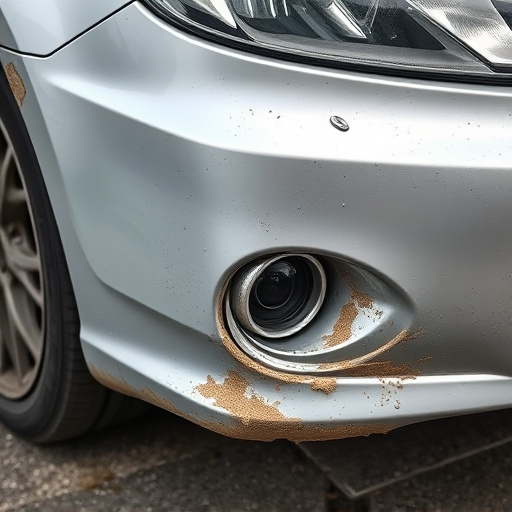
When documenting repairs, whether for insurance purposes or as a record of restoration, it’s crucial to understand the privacy implications that come with capturing and storing visual data. Repair photo documentation involves taking pictures of damaged property, vehicles, or personal items, which can inadvertently expose sensitive information. For instance, auto collision repair or vehicle collision repair photos might reveal license plate numbers, home addresses, or even intimate details of a person’s life if the images include identifiable individuals.
In the case of auto glass repair or any other type of restoration work, it’s essential to blur or redact any identifying details before storing or sharing these images. Businesses and individuals involved in repair documentation should also be aware of data protection regulations like GDPR or CCPA, which govern how personal information is handled. By implementing robust privacy measures, you can ensure that your repair photo documentation practices are not only compliant but also respect the confidentiality of those involved.
Best Practices for Balancing Transparency and Privacy in Repair Photo Documentation
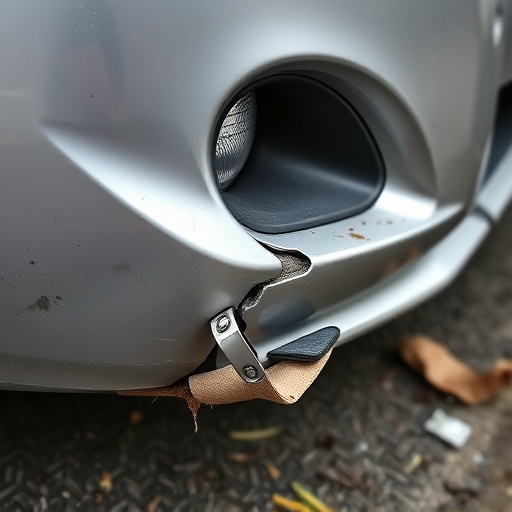
When documenting repair work through photos, striking a balance between transparency and privacy is paramount. For instance, while detailed images are crucial for tracking progress in vehicle collision repair or car body repair, sharing them publicly can expose sensitive personal information. To address this, establish clear guidelines on what to capture and how to obscure identifying details. Focus on capturing the essential aspects of the damage and subsequent repairs without including faces, license plates, or any other personally identifiable elements in the frame.
Implement secure storage practices for these photos, ensuring only authorized personnel have access. Consider using password-protected systems or encrypted cloud storage solutions. Additionally, inform customers about your photo documentation process, outlining what images will be taken, how they will be used, and who will have access to them. This transparency not only respects privacy but also builds trust with your clients, especially when dealing with sensitive vehicle dent repair cases.
In conclusion, repair photo documentation is a powerful tool for transparency and communication but must be approached with careful consideration of privacy. By implementing best practices that balance open information sharing with client confidentiality, businesses can enhance trust, meet legal obligations, and foster strong customer relationships. Understanding the importance of both transparency and privacy in this process is key to successful and ethical repair documentation practices.
